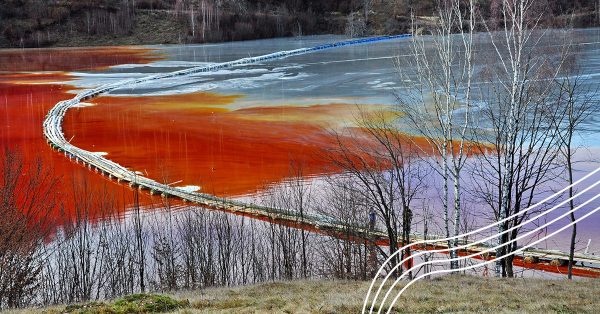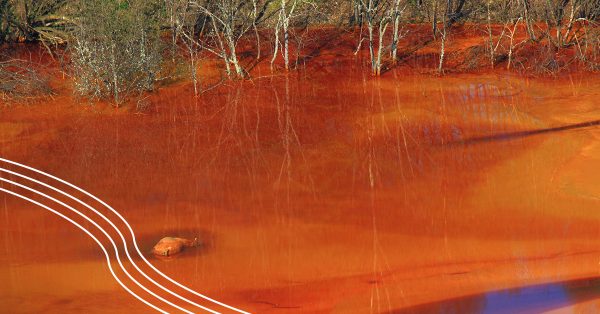Gold has historically been mined in the Balkans for thousands of years, and mineral processing has played a crucial role in the economic development and history of this region. With rising gold prices, 2020 is set to be a historic year for mining in the region.
The Balkan states — Albania, Bosnia and Herzegovina, Bulgaria, Croatia, Kosovo, Montenegro, North Macedonia, Romania, Serbia, and Slovenia — are well-endowed with gold and other minerals such as chromite, lead, zinc, and copper. Foreign investors have set their sights on exploration and preparatory work for mining operations, and some of them have even broken ground on new major production facilities.
In a 2004 paper detailing the structural characteristics of gold deposits in the region, Balkan Paleozoic gold deposits demonstrated “similarities to mesothermal gold deposits in shear zones in Archeaean greenschists terrains in Canada, Western Australia and Africa, as well as to Hercynian gold deposits in France and Portugal”, which had a “connection to granodioritic magmatism, the mineral parageneses and the gold occurrence and its associations.” 1 This paper also suggested that despite the closure of many old gold mining facilities in the region, there are still unexplored and non-operated reserves with high gold content that can be tapped. 2
Mined products feed the global demand for minerals and human society depends on this availability and use of mined resources. But the expansion of mining operations into ecologically sensitive areas has increased the level of environmental destruction with a corresponding negative impact on ecosystems and human health.
The potential for serious environmental destruction and danger to human health is very real. In neighbouring Romania, the Baia Mare accident of 2000, in which a gold mining company’s tailings dam failed, led to the pollution of waterways from cyanide-contaminated water. Toxic tailings flowed into Hungary’s second largest river, which then flowed into the Danube. This contaminated the drinking supplies of over 2.5 million Hungarians and killed vast quantities of aquatic life. 3 Its legacy can still be felt in much of Eastern Europe.
It should therefore be of no surprise that the region’s governments want to capitalise on the wave of interest in mineral processing in a manner that is safe for the environment and their people. Clean options for mining operators are available. Clean Earth Technologies’ gold recovery reagent and dewatering process removes the need for tailings dams, and after considering all facets of the process and comparative overall operating costs, is no more expensive than cyanide.
Many Balkan states are moving to apply appropriate mechanisms that will allow them to enforce a sustainable framework for mining practices in the region. They would be well-positioned to do so as large investments are currently flowing in from foreign mining operators.
In late-2019, one of Canada’s largest mining companies received the “final operating permits” for Bulgaria’s Ada Tepe gold mine. In the company’s technical report, it stated that the facility could produce 85,000 ounces at a US$404/oz cash cost, with an anticipated 8 years of mine life. Should commercial production proceed, the mining operator may even be labelled as a mid-tier gold producer. Large investments from such foreign mining companies demonstrate the mining potential in the Balkans. Foreign investors may continue to source mineral-rich grounds similar to Ada Tepe due to the recent spike in gold prices.
The mining sector has proven itself to be resilient during difficult times. As mining is a key sector and a growth multiplier for other sectors, new and renewed interest from global players will have a substantial impact. Gold mining operations in the Balkans generate spin-off value in related industries as new and expanded mines operate with efficiency, profit maximisation, and compliance with environment and workplace safety regulations.
____________________________
[1] V. Mladenova, T. Kerestedjian, and D. Dimitrova, “The Balkan Mountains Paleozoic Gold Deposits,” Bulletin of the Geological Society of Greece 36, no. 1 (January 2004): p. 424, https://doi.org/10.12681/bgsg.16729.
[2] Ibid, 8.
[3] For more on the Baia Mare incident in Romania that created an enormous trail of toxicity, see, Emma Batha, “EUROPE | Death of a River,” BBC News (BBC, February 15, 2000), http://news.bbc.co.uk/2/hi/europe/642880.stm.



